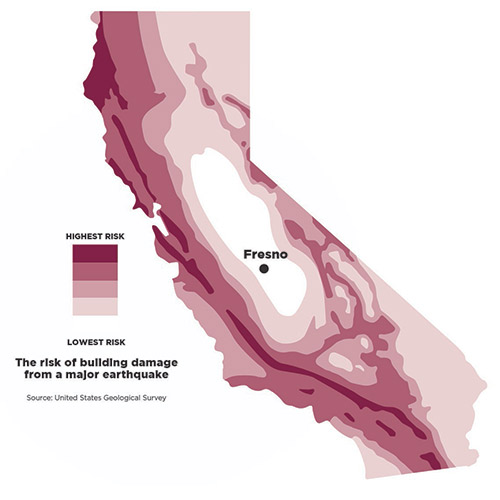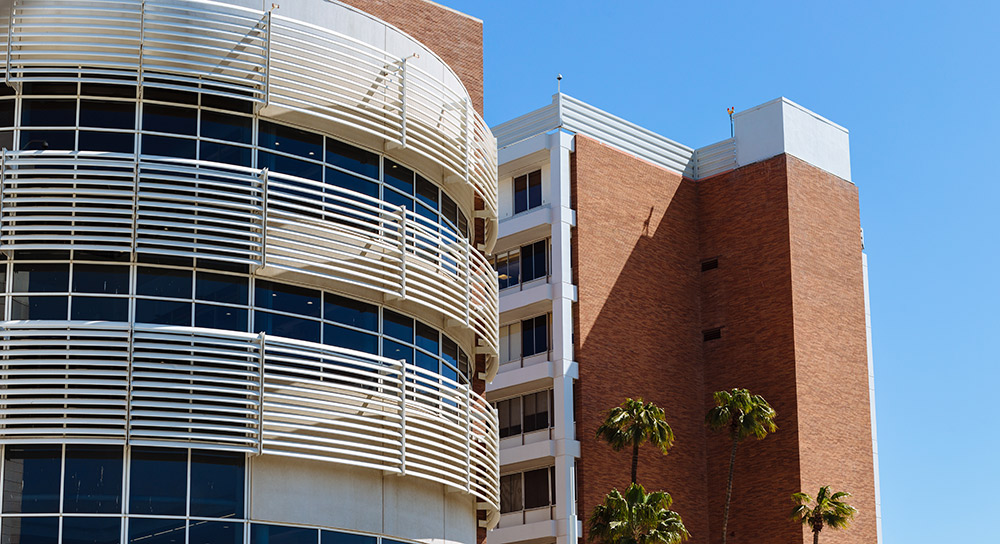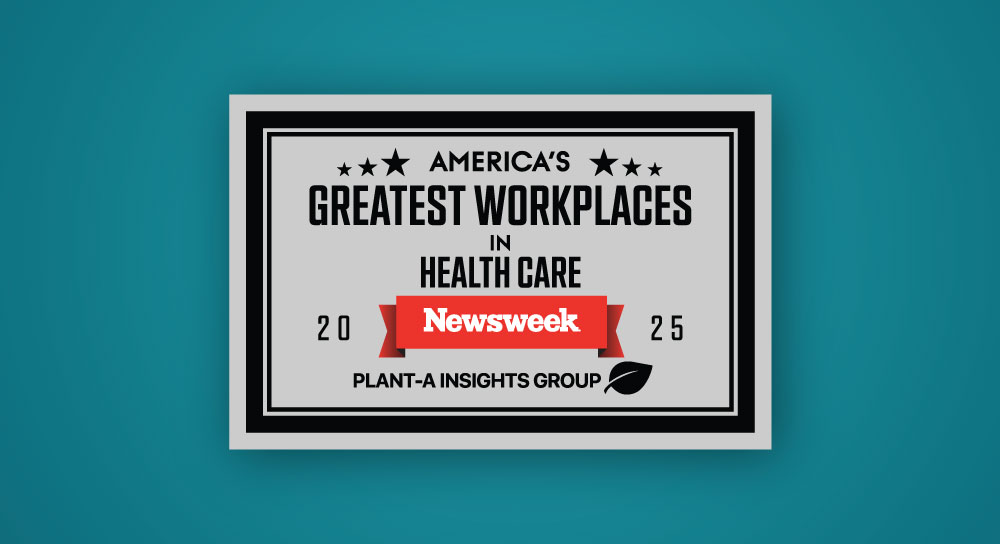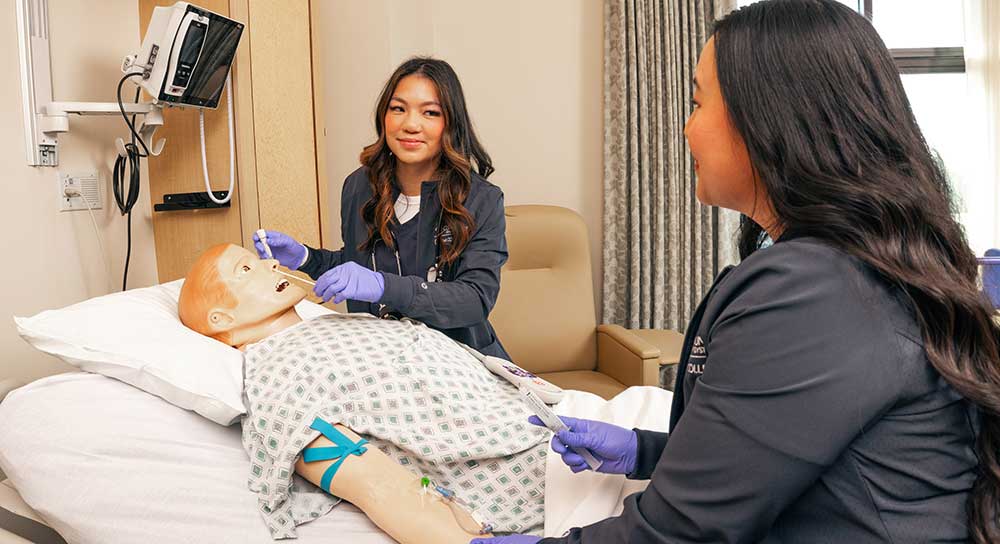The hospital that the people of Central California and other hospitals depend on for high-level trauma and burn care, high-risk pregnancies and baby deliveries, and complicated neurosurgery is challenged with a pending 2030 law.
SB 1953, passed in 1994 after the Northridge earthquake, requires all California hospitals to meet strict building codes to ensure they stay operational after a major earthquake.
Community Health System, which includes Community Regional Medical Center, has already met the state’s 2020 seismic requirements by completing upgrades and construction projects that ensure all our hospitals are safe and can withstand a major earthquake. But additional and more extensive upgrades are required by 2030 — for the kind of disaster that earthquake experts say will likely never hit the central San Joaquin Valley.
More than 90 percent of Community Regional Medical Center’s existing 685 bed spaces do not meet California’s 2030 seismic requirements. It will take more than $2 billion, and possibly $3 billion, to make the necessary upgrades.
 Seismic activity in Fresno is historically among the lowest in the state. Recent maps from the U.S. Geological Survey and California Geological Survey show a large area surrounding Community Regional where hospitals and other buildings are at low risk.
Seismic activity in Fresno is historically among the lowest in the state. Recent maps from the U.S. Geological Survey and California Geological Survey show a large area surrounding Community Regional where hospitals and other buildings are at low risk.
What's at risk for Valley patients
Without relief from seismic requirements, Community Regional’s vital services are threatened. It houses the only Level I trauma and comprehensive burn center between Sacramento and Los Angeles, serving a 15,000-square-mile region.
Other hospitals also depend on Community Regional, transferring more than 4,000 patients a year to us for specialty and higher-level care. As the largest hospital in the region, we are one of the busiest hospitals in the state and with more than 150,000 patient visits annually.
Additionally, Community Regional serves as a clinical education hub for physicians, nurses and other medical professionals.
More than 300 medical residents and fellows train here annually and more than half decide to stay and practice in the Valley because of their ties to Valley patients and their training experiences. The hospital also provides a workplace for more than 6,700 employees.
Community has already invested millions to make all our buildings safe and studied ways to comply with the stricter SB 1953 regulations. The options to replace 617 of the 685 beds that would be out of service at Community Regional as a result of the 2030 law, are cost prohibitive. Even if affordable, the $2- to $3-billion price tag wouldn’t increase bed capacity for one of the busiest hospitals in the state. Patients already experience long waits in the emergency room due to bed capacity constraints, made worse by the recent closure of neighboring Madera County’s only hospital.
Why seismic upgrades will break the bank
Hospitals like Community Regional that take care of a disproportionate share of the underserved are under extreme financial pressures because government reimbursements for caring for Medi-Cal and Medicare patients don't cover actual costs.
“Hospitals are on the financial brink after two years of the COVID-19 pandemic, and they need time to recover,” Carmela Coyle, president and CEO of California Hospital Association (CHA), explained in an appeal to legislators to give hospitals like Community Regional more time to comply. "... hospital losses, massive inflation in construction costs, and rising interest rates are all impacts of the pandemic that will continue to take a toll on California’s hospitals."
Most California hospitals face similar dilemma
Community is not alone in this struggle. The majority of California hospitals — 63 percent statewide — are not compliant with the state’s 2030 seismic mandate.
In 2019, a RAND Corporation study done for the California Hospital Association estimated 40 percent of California’s hospitals would face “severe financial distress” if they had to meet requirements for seismic upgrades. And that was before the pandemic hit. A recent American Hospital Association report also confirms the financial pressures on hospitals nationwide.
“More than two years into the COVID-19 pandemic, California hospitals continue to face massive financial losses,” the CHA explained in appeals to the state legislature to give hospitals more time to meet seismic requirements.
“In communities throughout California, many hospitals are struggling to provide services for all who need care. It will take years for hospitals to recover from these losses, and the simple fact is that some hospitals may not survive,” CHA asserted. “For many hospitals, survival will mean cutting back on vital health care services like maternity care and behavioral health programs.”
Skyrocketing costs and decreasing reimbursement rates, plus the high price tag of seismic upgrades, are particularly difficult for California’s small rural hospitals.
Since 2005, nine have closed, including Madera Community Hospital, and another 13 hospitals are at risk of closing, according to the Center for Healthcare Quality and Payment Reform.
No matter what, Community Health System will keep doing all we can to better the lives of all those we serve, but the pressures of SB 1953 threaten stability for all California hospitals.
Flexibility and time needed to ensure healthcare access for all
Many of California’s smaller hospitals are asking for additional time and flexibility from the state legislature to meet SB 1953’s unfunded mandate or are asking the state to assign different requirements based on actual earthquake risk.
“California’s hospitals are among the safest structures in their communities, with billions already invested in seismic compliance. As a result, patients and workers are already protected in every hospital building,” argued Coyle when appealing to legislators this past summer.
Coyle added, “Californians deserve access to health care when and where they need it … For Californians to continue accessing care as they now do from your hospitals — in every type of emergency or disaster — it is vital that hospitals get some reprieve from the 2030 seismic deadline.”





